Family photography is a beautiful way to capture precious moments that families will cherish for generations. However, it presents unique challenges, from posing large groups to working in varied lighting conditions. In this comprehensive guide, we’ll delve into essential techniques for mastering family portraits, with insights from Michele Celentano, a renowned family portrait photographer and Westcott Top Pro. Michele shares her expertise on posing, lighting, and location scouting to help you elevate your family photography skills.
The Art of Location Scouting for Family Portraits
Understanding Light Direction
The first step in creating stunning family portraits is mastering the use of light. Michele emphasizes the importance of observing the direction of light during location scouting. “The first thing I look for is the direction of light,” she says. This can determine whether the natural light will serve as a backlight, hair light, or whether shade is necessary to soften harsh overhead sunlight. On days with intense midday sun, finding shaded areas can offer natural directional lighting, which is crucial for avoiding unflattering shadows.
Evaluating Backgrounds
A compelling background can enhance the overall composition of your family photos. When scouting locations, Michele looks for texture, color, foreground, and depth in the background. “For me, it’s more about the texture, color, and depth of the background than it is about the pretty background,” she explains. Shooting with wide-open apertures can help create a dreamy, creamy bokeh effect that makes the background aesthetically pleasing without overshadowing the subjects.
Perfecting Posing Techniques
Building the Group Portrait
Posing is a crucial aspect of family photography. Michele starts with individual portraits and gradually builds the group. “I like to stay in one location and do a lot of different groups so that later on, in our sale session, if they want to do a grouping on a wall, everything in this area will look the same,” she says. This method ensures consistency and variety in the final images.
Engaging with Children
Photographing children can be challenging as they often become self-conscious or over-prepared. Michele’s approach involves engaging with the kids to elicit natural expressions. “I just start talking to them, working them through, and I’ll keep clicking,” she shares. Asking about their favorite sports or making funny faces helps loosen up their facial muscles, leading to genuine smiles.
Posing for Full-Length Portraits
To avoid stiff and unnatural poses, Michele emphasizes dynamic positioning. She advises separating the bodies slightly in full-length portraits to create a more dynamic pose. Adjusting the camera height to waist level of the subjects ensures proportional and flattering full-length shots. “We don’t want to look up or down at our subjects,” she advises.
Maximizing the Use of Photography Equipment
Leveraging Tripods
Using a tripod can significantly improve your workflow and consistency. “When you’re handheld, especially outside and working with a group, posing and moving in and out, even if you have a spider belt or a strap that you’re wearing, every time you change something, you have to recompose, and it’s never quite the same,” Michele explains. A tripod allows you to set up the perfect composition and make minor adjustments without disrupting the setup.
Utilizing a tripod also allows you to swap heads easily in post-production. This can be handy when everyone in the group looks great, but one person. Whether it be they blinked, or have an unnatural expression, using a tripod allows you to ensure that you can easily composite images together, so each subject looks their best.
Utilizing Off-Camera Flash Lighting
Even with natural light, there are times when external lighting is essential. Michele recommends using the Westcott FJ400 strobe and a modifier, like the Rapid Box Switch Octa–M softbox, to ensure proper exposure of subjects without harsh shadows. “We’ll be bringing out the FJ400 and a modifier so I can use the available light but also light the subjects properly,” she notes. This combination allows for balanced lighting, preventing raccoon eyes and deep shadows.
Balancing Natural and Artificial Light
Balancing natural and artificial light is crucial for achieving the desired aesthetic. Michele recommends starting with a good background expose, then using a light meter, adjusting the power of your strobe till it matches the settings for your ambient light. This way both your flash and ambient light are balanced giving you a well-lit, but natural looking photo.
Creating a Professional Workflow
Pre-Shoot Preparation for Family Photos
Preparation is key to a successful family photo session. Michele advises scouting locations ahead of time, considering the time of day, and the position of the sun. This helps in planning the shots and determining the equipment needed. “As I’m scouting, I’m looking at our trees, our overhang, just to see where the sun might be moving,” she notes.
Efficient Group Posing
When photographing larger groups, efficiency is essential. Michele starts with individual portraits and gradually builds the group, ensuring each person is well-positioned and lit. “I’m building on the group; that’s the key. Always build. We don’t have to start all over with every pose from the ground up,” she advises. This approach saves time and ensures a cohesive look in the final images. As the group increases, Michele feathers her light by bringing the strobe forward. This broadens the light spread, ensuring everyone is evenly lit throughout the group.
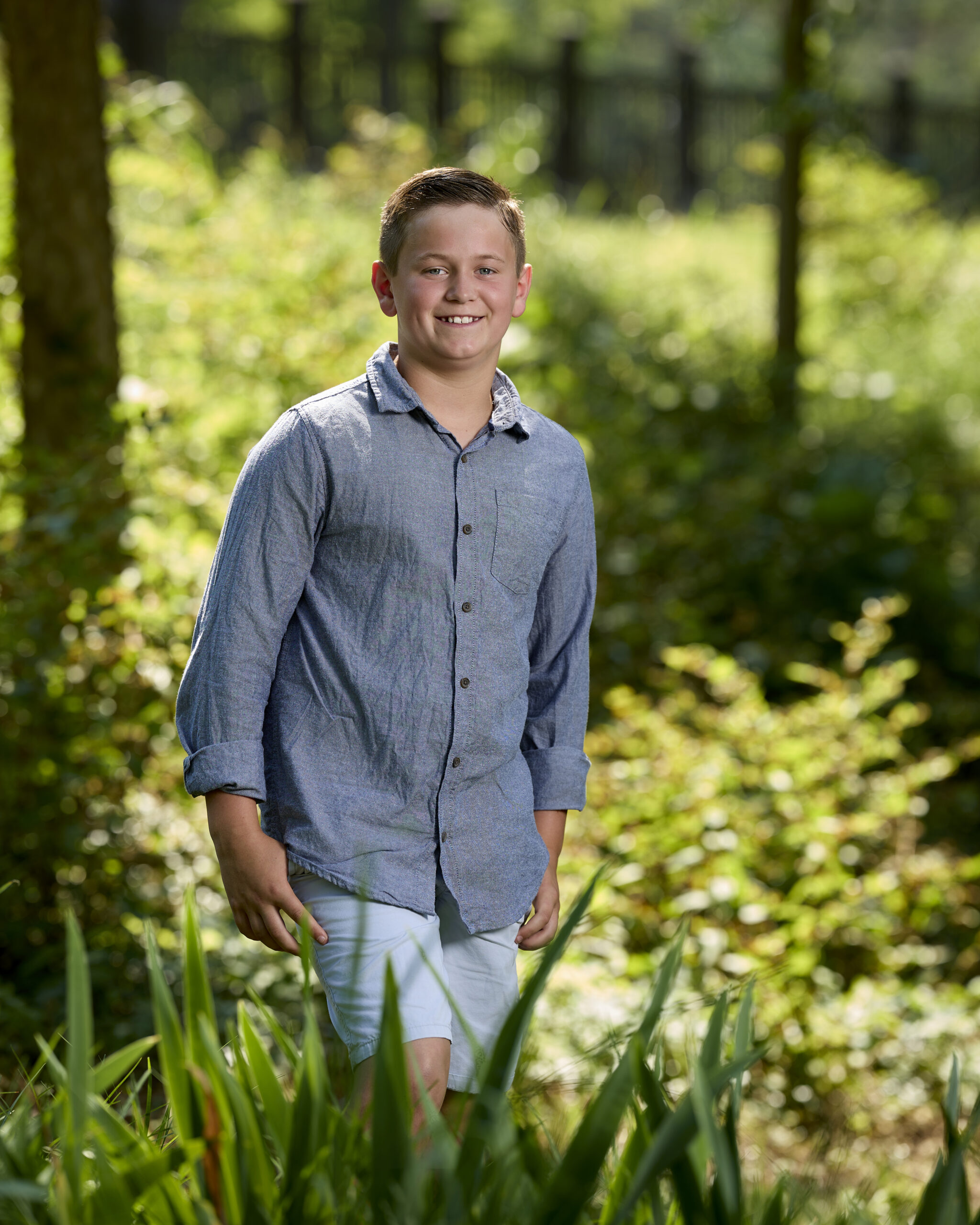
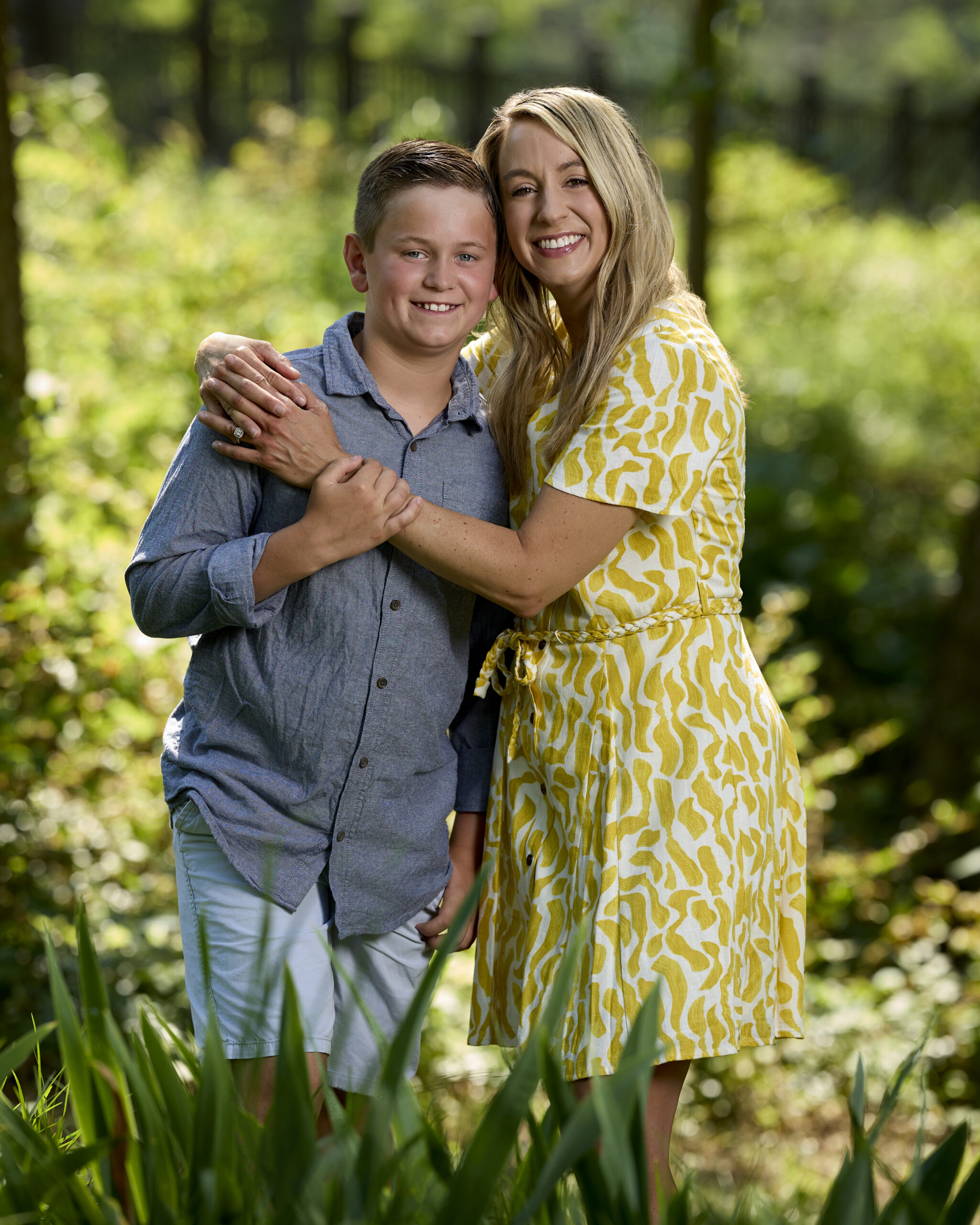
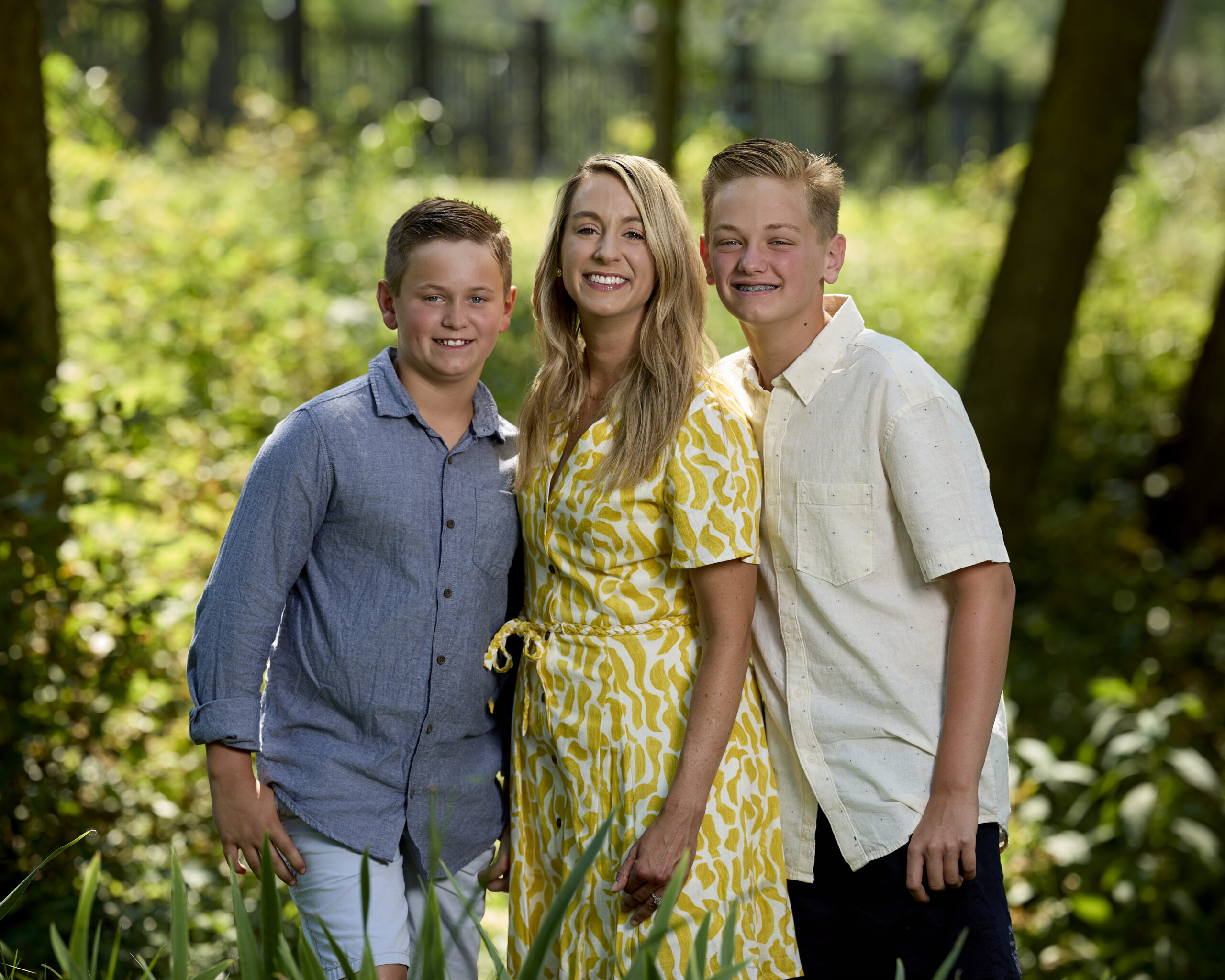
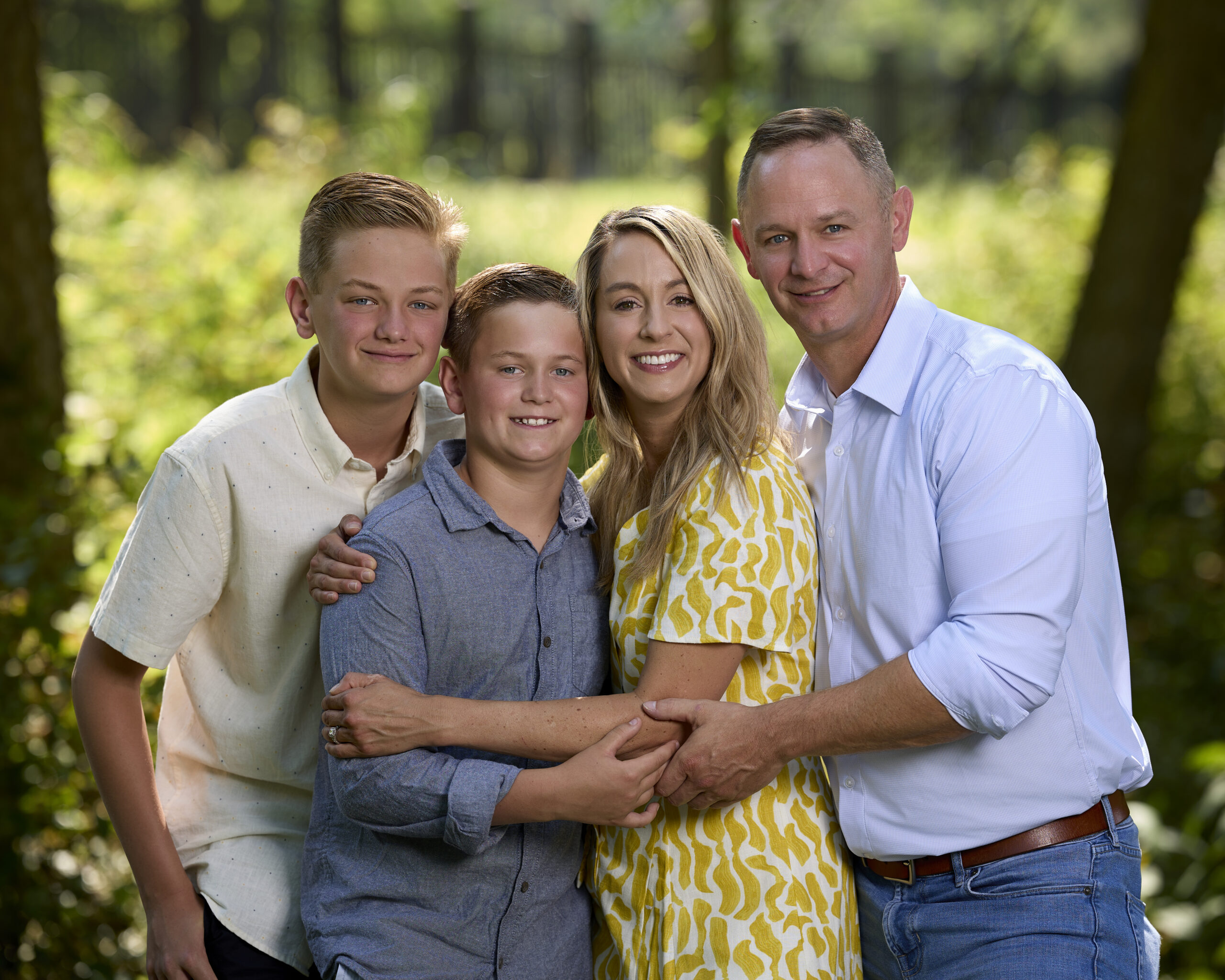
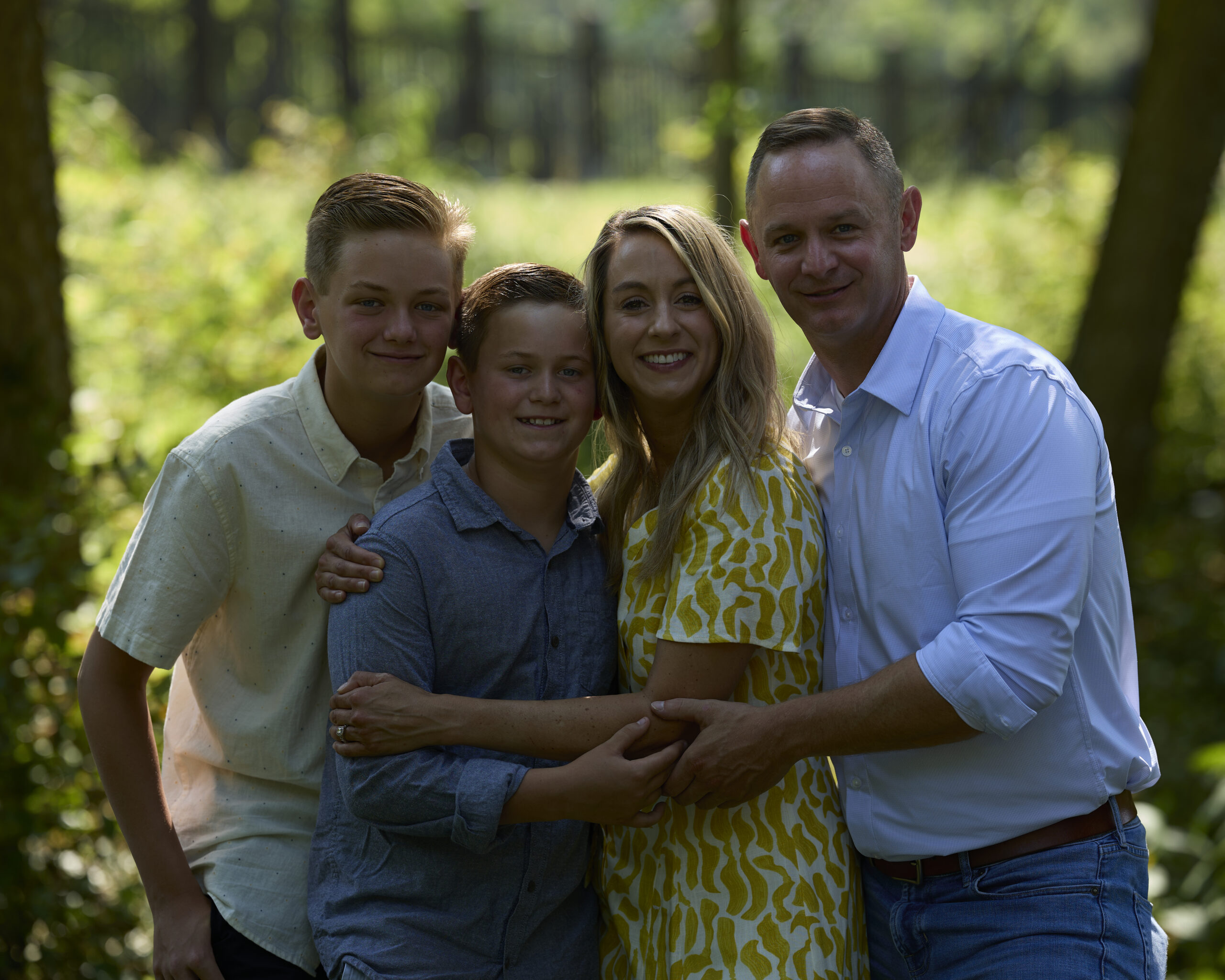

Bringing It All Together: Your Path to Perfect Family Photos
Preparation is key to a successful family photo session. Michele advises scouting locations ahead of time, considering the time of day, and the position of the sun. This helps in planning the shots and determining the equipment needed. “As I’m scouting, I’m looking at our trees, our overhang, just to see where the sun might be moving,” she notes.
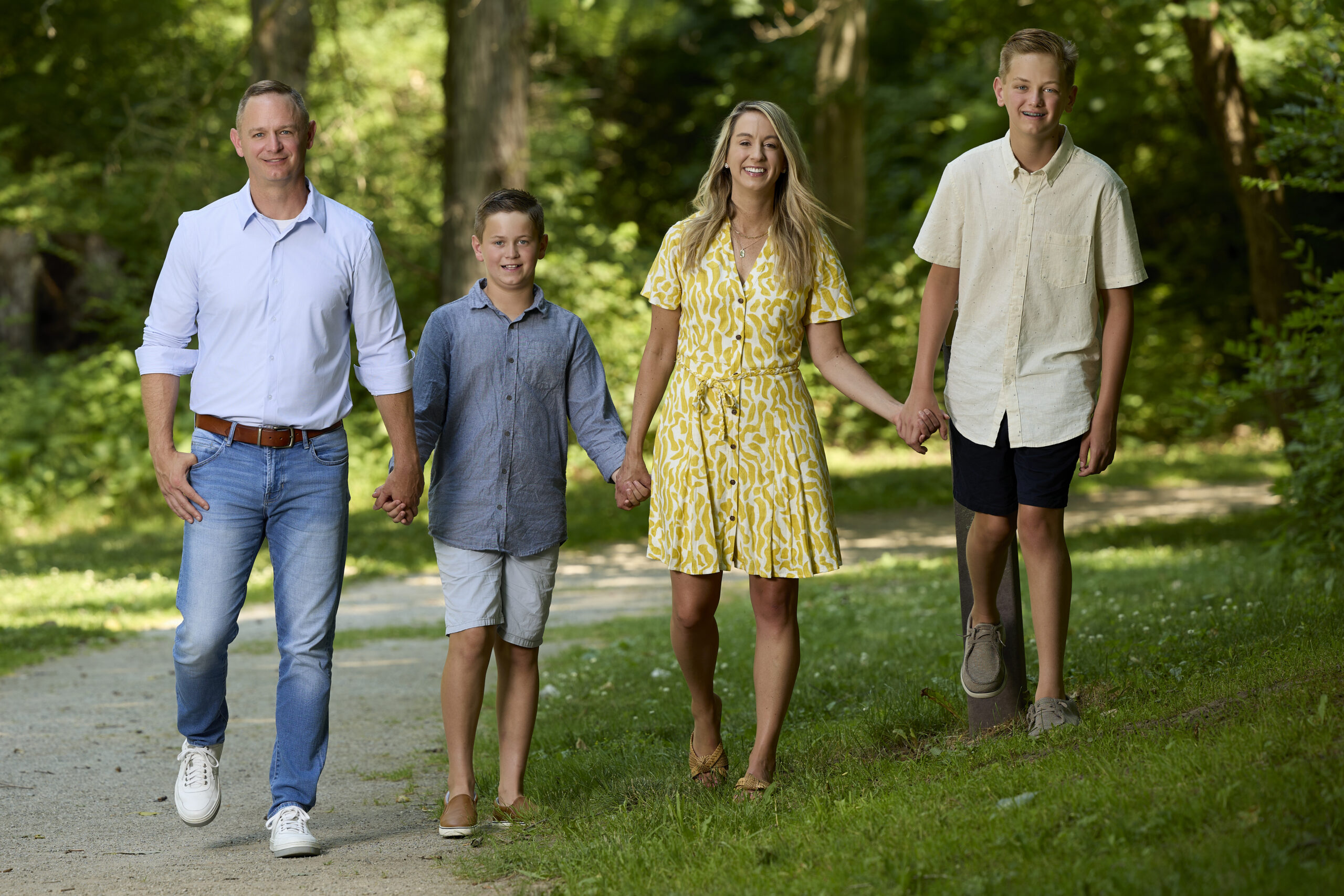
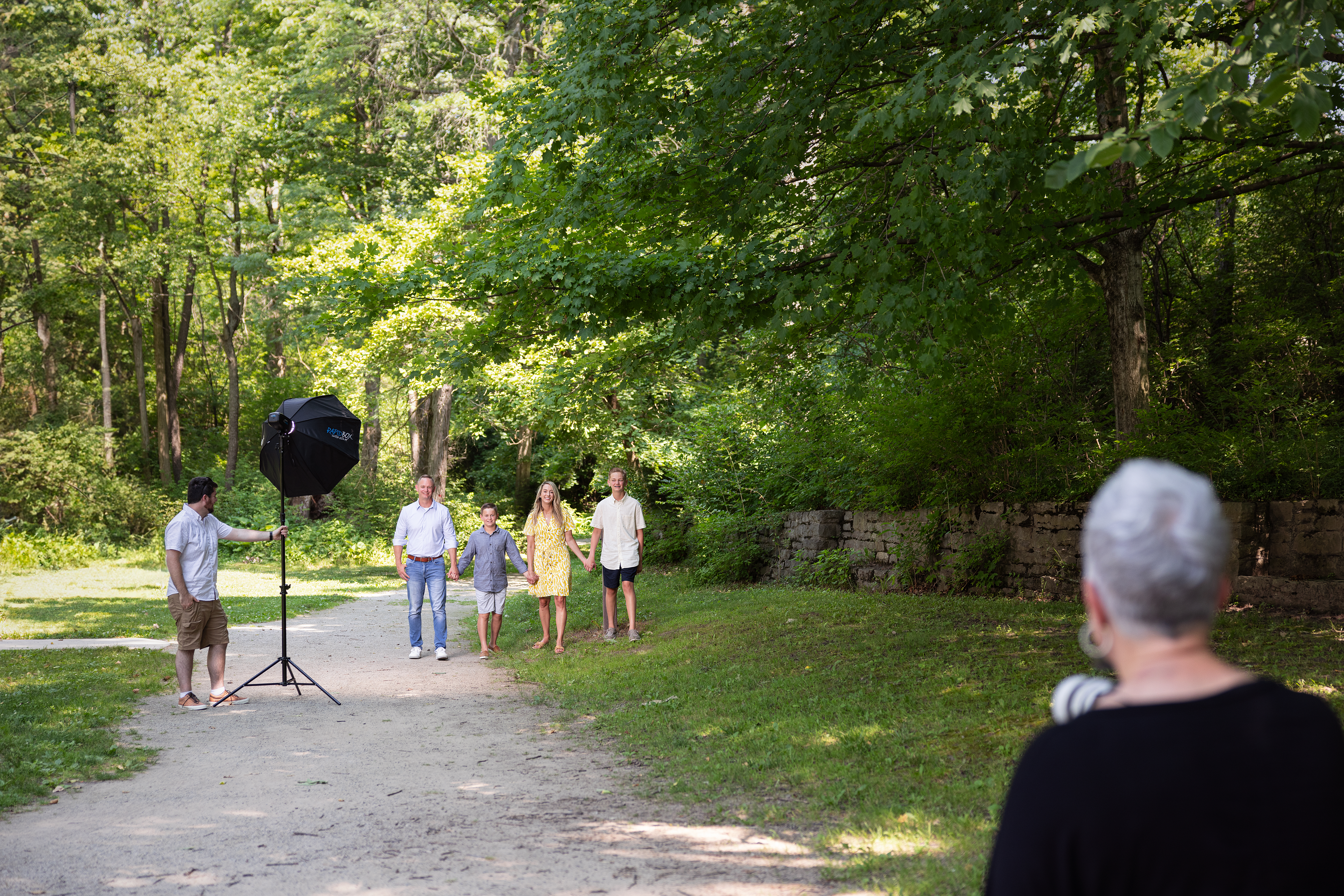
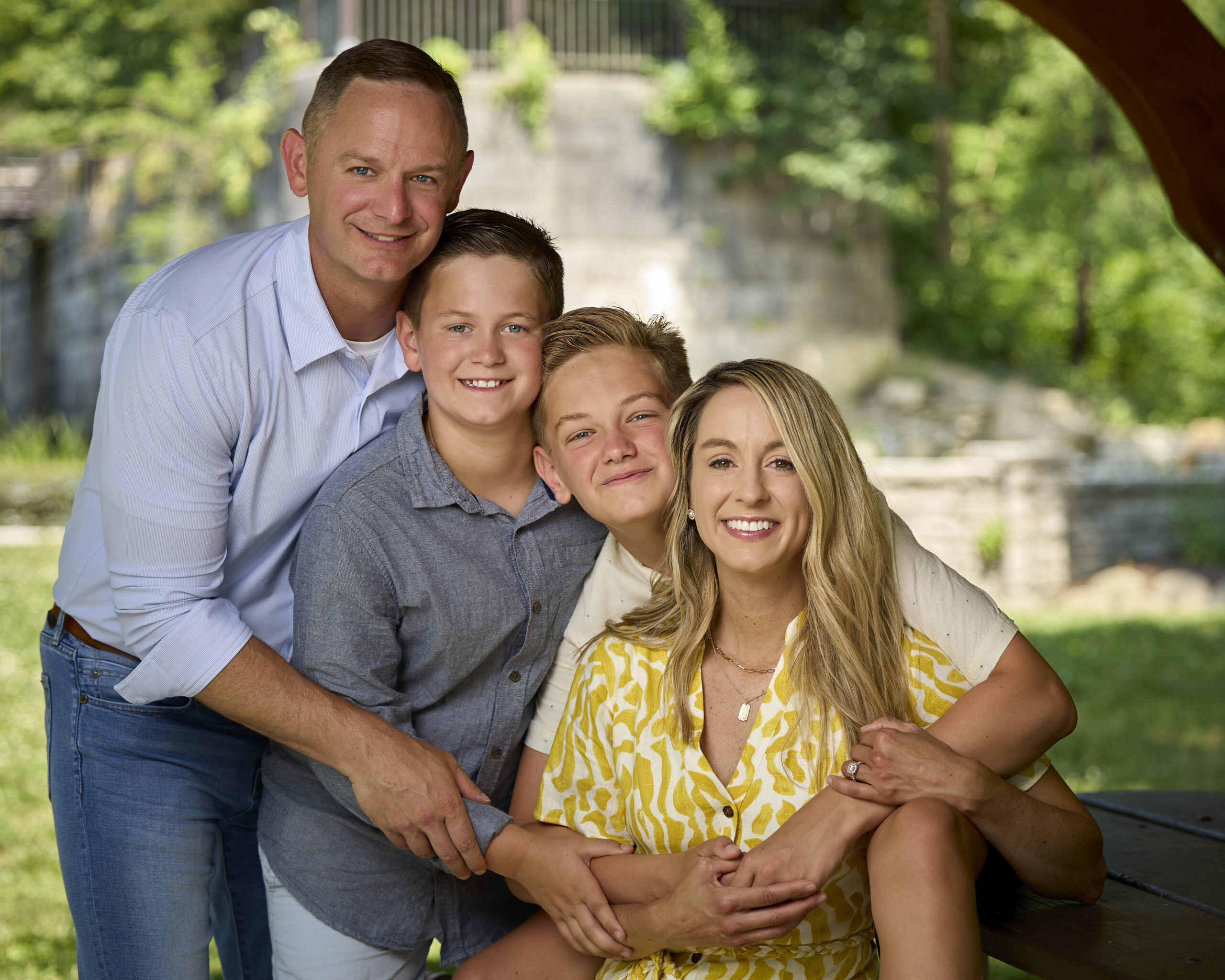
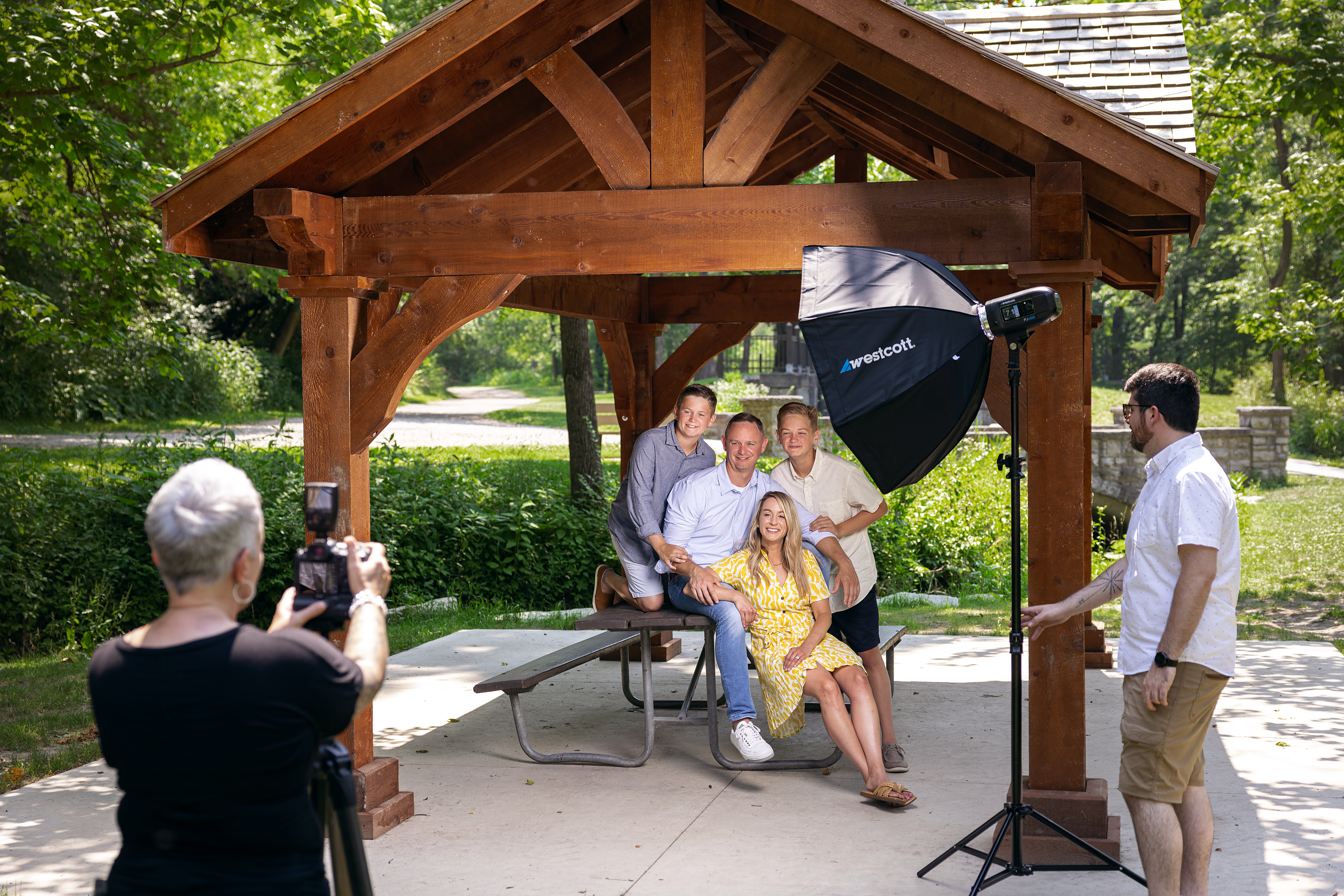
Bringing It All Together: Your Path to Perfect Family Photos
Mastering family photography requires a blend of technical skills, creativity, and the ability to connect with your subjects. By integrating these tips and techniques into your practice, you can elevate your family photography and consistently produce images that capture the essence of your subjects. Remember, the key to successful family portraits lies in the details – from lighting and posing to location and equipment – each element plays a vital role in creating beautiful and memorable photographs.
Lighting Gear in Action

Original FJ400 Strobe with AC/DC Battery (400Ws)4700

Original FJ400 Strobe with AC/DC Battery (400Ws)4700



You must be logged in to post a comment.